The Saddles You Are Choosing
What saddles do people prefer on their tri bikes? And I mean, when given a real opportunity to try them, and to choose? Below is the benefit of my recent experience.
But I must begin with a brief digression.
Here is a sampling of comments on that forum thread: I "tried at least seven saddles in four years”. I’m "now on my 4th saddle in 3 years”. I "bet I am on my seventh saddle”. I “stuck with my first saddle for far too long”. I "hate to admit it, but I am in 7++ range”. I’m "on saddle #6 and #7”. "I've had a lot of saddles (well over 10)”. I’m "on saddle #6 since late 2011”.
What follows is an article I wrote several months ago that I'm refreshing now (with some updates sprinkled in) because of the frustrating and confusing disconnect between the obvious need a community and the connection not made between that need and the available solution. This device, the Switch-It, which I show below, is frankly not in sufficient distribution because of its cost. But its $850 cost was recently lowered to below $300 (because a new owner of the company that makes the Switch-It invested in molds and a bulk purchase of sub-assemblies), so a shop with a fit bike and a Switch-It could help you quickly and efficiently truncate and supercharge your search for a saddle.
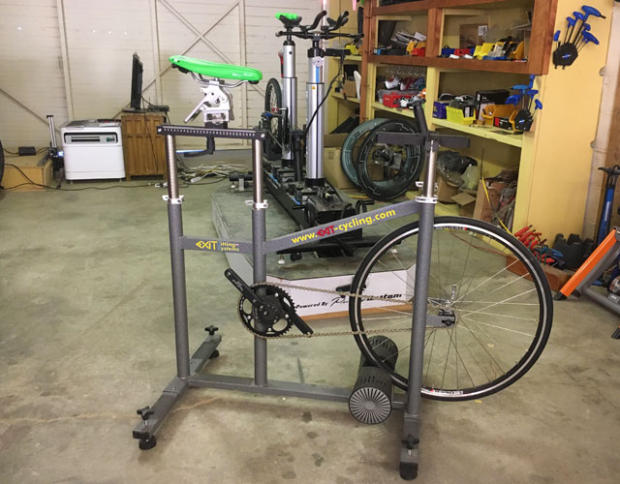
Now, to be clear, were I to ask those whom I quoted above, I'm sure they're unhappy about investing $1,500 or so in saddles before finding the right one, but I suspect they're more regretful of investing hundreds or thousands of butt and taint hours in finding the wrong saddle multiple times before finally find the right one.
I’ve been to most of the 40 or so Slowtwitch Road Shows that have taken place over the past 14 months. Two activations common to many of these shows are we call “Complete Bike Solutions” and “Saddle Optimization”. For us to perform either we require pretty specific tooling to be in place at the host store, or we bring it with us to the store.
Saddle Optimization requires the use of a doo-hicky called a “Switch-It” and for this to work properly it should be mounted aboard a fit bike. The customer’s fit coordinates are roughed out on the fit bike (hard to know how good a saddle feels if you’re not riding it in your position) and then saddles are swapped in and out very quickly using the Switch-It. Some will criticize this process: You can’t know riding on a saddle for 5 minutes, indoors, whether it will work for 112 miles outdoors. Fair enough. But I liken it to first dates. You might not know in one date whether this fellow is your future husband, but you may well discover in the first 5 minutes that he’s not.
A Switch-It is mounted on a vintage Exit Cycling fit bike in the foreground above.
There are other protocols for choosing a saddle; pressure mapping is among them. Gebiomized is the tech for this and I have no quarrel with it. Still, at some point you have to ride the saddle, and I hope I can be forgiven for a protocol that skips all but this last step.
The Saddles in the Break
Let’s just skip all the saddles that remain in the peloton (if I might use an analogy) and concentrate on those that made the break. After having spent the last 14 months fitting about 250 of you – either subjects at Road Shows or bike fit workshop attendees at our Compound, most of which utilizing one form or another of quick-change saddle tooling – which saddles have you preferred?
Overwhelmingly, if you choose a split nose saddle (more than half of you do), and if you choose an ISM saddle (most of you do if you choose a split-nose saddle), it’s the ISM PR 2.0 (pictured below). I have tried them all underneath your fannies: the PL, PN, PS series, and the other saddles in the PR series: the less-padded PR 1.0 and the more padded PR 3.0 (pictured alongside the 2.0 below). There have been a smattering of takers of the other saddle models, but in my experience, with no prompting, no finger on the scale, this is the saddle.
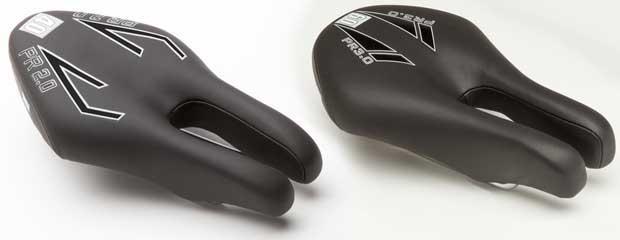
What slays me is that I show up at retail stores, or the owners of these stores show up at The Compound for a fit workshop, and they’re naïve to this saddle model. Simply put, if you sell to triathletes and you don’t have an inventory of these saddles in your shop it’s like being a Cervelo dealer without an inventory of P2s in your shop.
If it’s not a split nose saddle, it’s this white saddle below. Cobb has “moved on” to split nose saddles. Its Cobb Fifty-Five (the black saddle below) is its best selling split nose. In my experience the ISM PR 2.0 is favored by more people more of the time than the Cobb Fifty-Five. However, if you have a tri market and you don’t have the Cobb Fifty-Five in your inventory for sale you’re missing a saddle that 1 in 5 or 6 will select after they’ve tried all the saddles in your inventory.
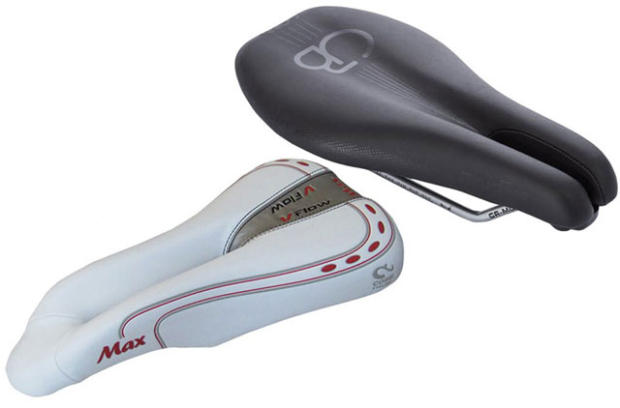
But in my experience the most important saddle for those who just can’t ride split nose is this saddle above: The Cobb V Flow Max. Some people just can’t get the hang of riding a split nose saddle the way it’s most successfully ridden by most happy triathletes: on the very nose, with your tender bits riding commando in the wind. Still, it’s not that you’re getting rid of pressure; you’re simply exchanging pressure on your soft tissue for pressure on your sit bones. Some don’t like that and if they don’t, the V Flow Max is the saddle they most often choose when given the option of riding a lot of saddles.
There are four, and only four, Cobb saddles routinely chosen at our saddle demo activations: The V Flow Max, the 55, the Randee, and the V Flow Plus in its iterations (the F Vlow, the Plus, and the Plus 2 are all pretty similar), in that order. Cobb offers a Seat Selector Guide that helps you choose your Cobb. I’ve looked through it. Does it comport with my own experience in the field? Reasonably so.
ISM has, by far, the most complete and best selling collection of split nose saddles. Cobb has the broadest selection of different kinds of saddles. These two brands are, in my experience, right now, far and away the two most important brands a retailer must have in his store. ISM has its own selector and I can’t say this comports with my experience in the field. The PR series is categorized as “performance recreation” and the narrative, the text, kind of says “weekender”. The PR series offers “more padding for all-day comfort on any bike.” I still think this is, bar none, the very best saddle ISM makes for triathletes.

If a PR series saddle is not chosen, the most likely ISM alternative is its “performance narrow” category and this is the PN series, such as the PN 3.0 (above). The 3.0 is a new model, hot off the presses, I don’t have enough experience with this saddle to know yet which saddles it’s going to dethrone.
If it’s not an ISM or Cobb, which saddle is it? (Some of you are screaming Dash! Dash! I’ll get to the special case of Dash at the very end). I have had some luck with the Fizik Tritone. Not initially! This saddle first arrived with a cavity between two elevated sections that was 5.5cm in width. I found that to be too narrow for a lot of people. Last year it came out with a 6.5cm width but it did a terrible job of letting its retailers know about it (or we didn’t do a sufficient job of making sure retailers knew about it). The result was that I went from Road Show to Road Show seeing the original saddle but none or few of the newer, wider versions (that were more popular).
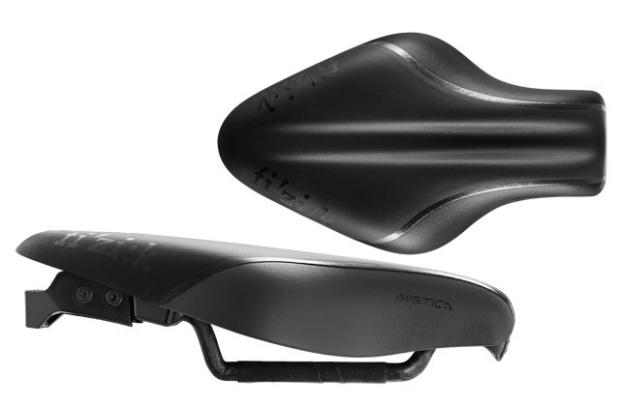
Now there is a new new version, called the Mistica, and I only know it because I see ads for it on Slowtwitch. It looks promising! I haven’t been sent this saddle; I don’t know how it feels; and once I get a chance to slide it under some fannies I’ll let you know the result. It is above.
Bike fitter Travis Rassat from Vector Cycle Works in greater Indy wrote about this saddle in a reader forum thread entitled Noseless Saddles Triathletes Should Try. He lists the ISM PR 2.0, the Cobb Randee, and the Mistica as his saddles he’s having very good luck with. Travis is one of the real good bike fitters who understands the industry and his counsel is always wise and welcome.
I found it notable that Travis included the Mistica, because Fizik has gone from king of the roost (Arione Tri) to belly flop when ISM and Cobb moved Fizik out like a couple of schoolyard bullies, to back in the game (Tritone) and now perhaps with a worthy contender. The Mistica comes in two “sizes” and as well as I can tell this is a carry over of the two widths (5.5cm and 6.5cm) of the Tritone.
The Saddles in the Peloton
Who doesn’t have a saddle in the breakaway? In my opinion, the Specialized Sitero has been found out as a not very comfortable tri saddle, though if you read the thread I reference at the very top of this article, the Sitero was the solid choice among at least one respondent who'd tried many saddles. The Bontrager Hilo likewise had a promising start but, comfort-wise, was not the match to ISM and Cobb.
Selle Italia made a go of it with its Iron Flow series and Prologo with its T-Gale saddles. In my opinion, all of these saddles that didn’t make the jump had this in common: They were tweeners. They weren’t quite split nose saddles, they weren’t standard road saddles. The problem is that there are two distinct ways to ride a saddle while on a tri bike – two places to rest your weight – and these tweener saddles were optimized for neither. Fabric (Cannondale’s house brand) makes a similar tweener saddle, same story, though – surprise! – during my latest tri bike fit workshop last week this was the winner over about a dozen saddles for one of our attendees.
And, look, I’m the messenger here. I’m just saying that when I slide these saddles underneath you all, you either smile or you react like you’ve been stung by a bee. The above is what I’m seeing. For those not overly aggressive in their positions the Specialized Power saddles have sometimes been the choice.
There are also Cobb and ISM saddles that just don’t work as well. I have not had very good luck with the Cobb Gen 2 under triathletes. But there are saddles that sometimes work. Sometimes I run through 8 or 10 or 12 saddles underneath a rider, I’m about to throw my hands up, and a Koobi saddle elicits an “ahhhh”.
And nowadays nobody ever chooses my favorite saddle: the vintage tri saddles by Profile Design. That’s why I don’t do product reviews of saddles, as in, hoist my heinie aboard a saddle and report its utility for tri; I’m too much of an outlier to be of any help.
Dash
Then there’s this company. It has a cult following of very happy customers, evidenced by its fans on our reader forum. It’s very spare, very light. They also tend to be spare in padding compared to other split nose saddles but there are a half-dozen models for triathletes and some have more padding than others. I know a Slowtwitcher who is a very good age group athlete and like many of us saddles are her kryptonite. It’s the one bike component that she has a hard time with. So she has essentially made her own by tearing the upper off a Dash, trying several thicknesses and densities of foam, making a kind of custom saddle that fits her anatomy, and it works pretty well for her!
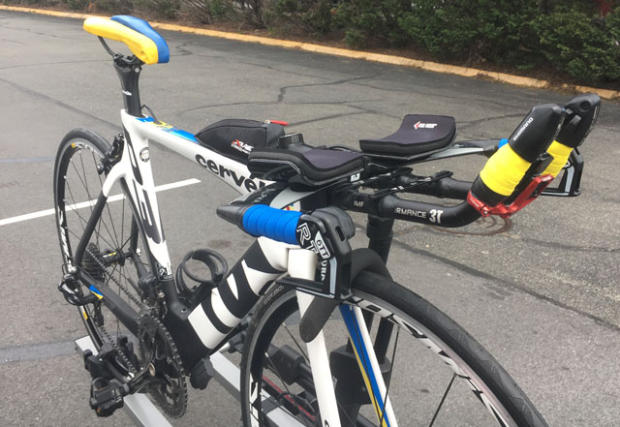
While Fizik may have something with its Mistica, I do think it’s fair to say that ISM and Cobb currently rule the roost. I found interesting a thread by Emilio De Soto on our forum, as background research for the apparel he is and will be making. He asked what model of ISM or Cobb saddle our readers are aboard, and when I took a rough count 28 of our readers reported back that they’re riding ISM and 22 said Cobb. I think that’s probably a pretty fair representation of where these brands sit.
Emilio has since partnered up with survey expert Milesthedog (his screen name) to produce an actual saddle survey done right. I don’t know the result of this survey, it was only stuck up on our reader forum a couple of days ago. Perhaps the results will be made public.
More saddles coming! More saddles to write about! But the point here, in what I'm writing, is that we need to match saddle shoppers with local points-of-presence that have the means to properly test saddles so that you don't have to buy 8 to eventually find your 1.
That means a fit bike that is quickly adjustable to your fit coordinates, and is equipped with a load generator to match the power you produce while riding. And, it needs to quickly accept a saddle change, without your need to dismount the bike (just stand on the pedals). And, it needs a practiced expert who understands that saddles of different styles must be normalized underneath you to match how you'd ride that saddle (a Cobb V Flow is "pushed" way forward of an ISM PR2.0, or the ISM is pushed way rearward, depending on your point of view; and each saddle must be raised or lowered a few millimeters, and tilted properly, for a true apples-to-apples test).


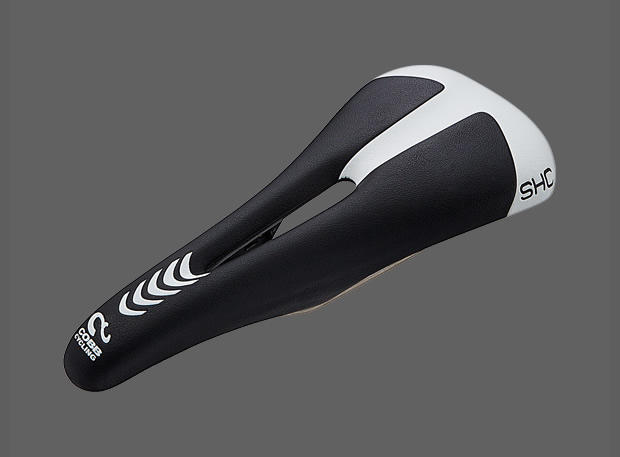
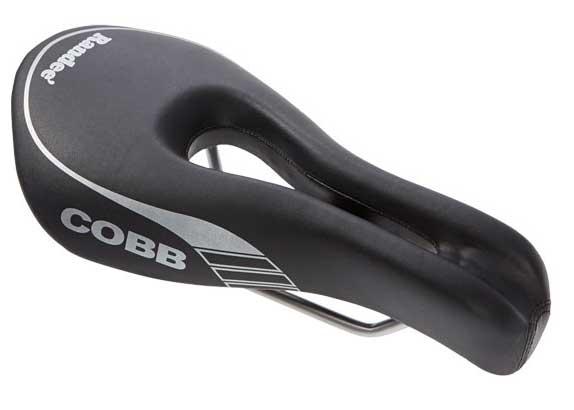
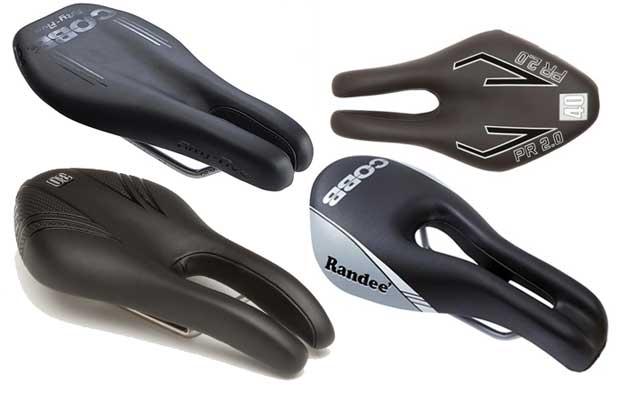
Start the discussion at slowtwitch.northend.network